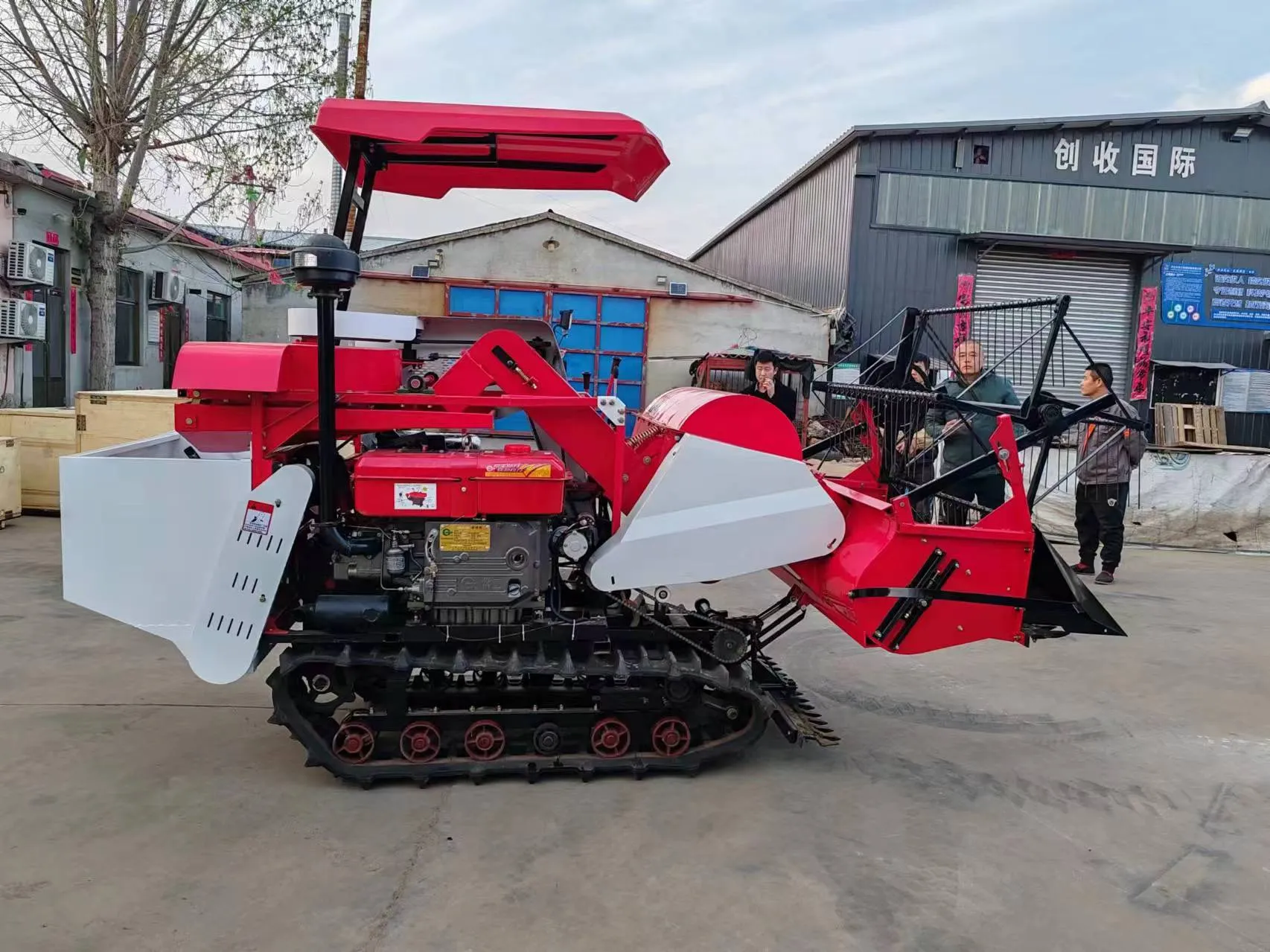windrower
The Evolution and Importance of Windrowers in Modern Agriculture
In the realm of modern agriculture, efficiency and productivity are paramount. Windrowers, also known as swathers, play a critical role in achieving these goals, particularly in the harvesting of forage crops. These machines have evolved significantly over the years, adapting to the ever-changing needs of the agricultural sector and the challenges posed by various crops and weather conditions.
A windrower is a type of agricultural machinery designed to cut and lay down forage crops, such as hay and silage, into rows or windrows. This process facilitates the drying of the crop before it is baled or stored, ensuring that it retains optimal nutritional value. One of the primary advantages of using a windrower is its ability to work efficiently on large scales, allowing farmers to cover vast fields in a relatively short amount of time. This efficiency is crucial during the harvesting season, where timing is everything to ensure the best quality of produce.
Historically, the windrowing process involved manual labor and simple tools. Farmers would cut their crops with sickles and rake them into windrows, a process that was labor-intensive and time-consuming. However, the advent of mechanized windrowers in the 20th century transformed this practice. Early models were relatively simple, designed mainly to cut the crops and drop them into rows. As technology advanced, so did the design and functionality of these machines.
Modern windrowers are equipped with a range of advanced features that enhance their performance
. They typically incorporate horizontal or vertical cutting bars, allowing for a clean cut and efficient operation. Many models also include conditioning rolls that help break down the plant's tough fibers, expediting the drying process. This is particularly important for crops like alfalfa or clover, which can be slow to dry due to their high moisture content. Moreover, modern windrowers are now designed with adjustable widths, enabling farmers to tailor the output to specific needs, whether for large fields or intricate layouts.windrower

The importance of proper windrowing cannot be overstated. The way a farmer lays down their crop significantly affects the drying rate and overall quality of the forage. If crops are windrowed too thickly, they may not dry properly, leading to spoilage and loss of nutrients. Conversely, windrowing too thinly can result in unnecessary loss and increased time spent on the field. The precision offered by today’s windrowers significantly mitigates these risks, empowering farmers to make informed decisions that impact their yields.
Furthermore, with the growing emphasis on sustainable farming practices, windrowers have also been evolving to meet these standards. Some modern windrowers are equipped with GPS technology, which allows for precise navigation and minimizes overlap during use. This not only saves time but also reduces the compaction of soil, which can harm crop growth in subsequent seasons. Additionally, advancements in engine technology have led to more fuel-efficient models, aligning with the agricultural industry's shift towards sustainability.
Farmers today are faced with myriad challenges, from climate change affecting crop yields to the need for sustainable practices that protect the environment. Windrowers have emerged as a vital tool in overcoming these challenges. They contribute to efficient harvesting and promote better management of forage quality, which is crucial for livestock production.
In conclusion, windrowers represent a significant advancement in agricultural technology. As they continue to evolve and incorporate new technologies, they will undeniably play a more critical role in the future of farming. By enhancing efficiency, improving crop quality, and supporting sustainable practices, windrowers not only serve the immediate needs of farmers but also contribute to the long-term viability of agriculture as a whole. As we look ahead, it is clear that these machines are not just tools; they are integral partners in the pursuit of agricultural excellence.
Latest news
-
When to Upgrade Your Old Forage HarvesterNewsJun.05,2025
-
One Forage Harvester for All Your NeedsNewsJun.05,2025
-
Mastering the Grass Reaper MachineNewsJun.05,2025
-
How Small Farms Make Full Use of Wheat ReaperNewsJun.05,2025
-
Harvesting Wheat the Easy Way: Use a Mini Tractor ReaperNewsJun.05,2025
-
Growing Demand for the Mini Tractor Reaper in AsiaNewsJun.05,2025







